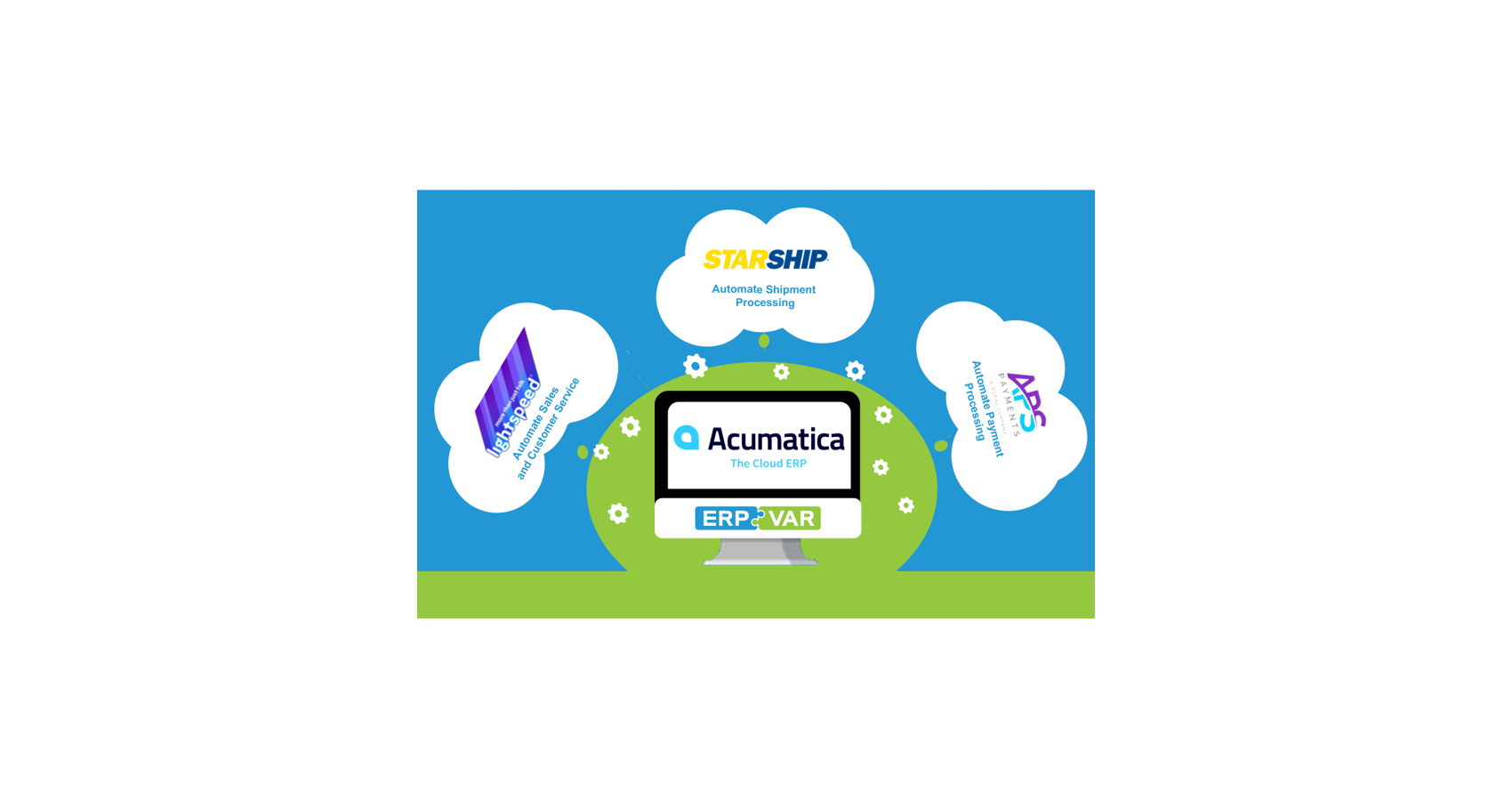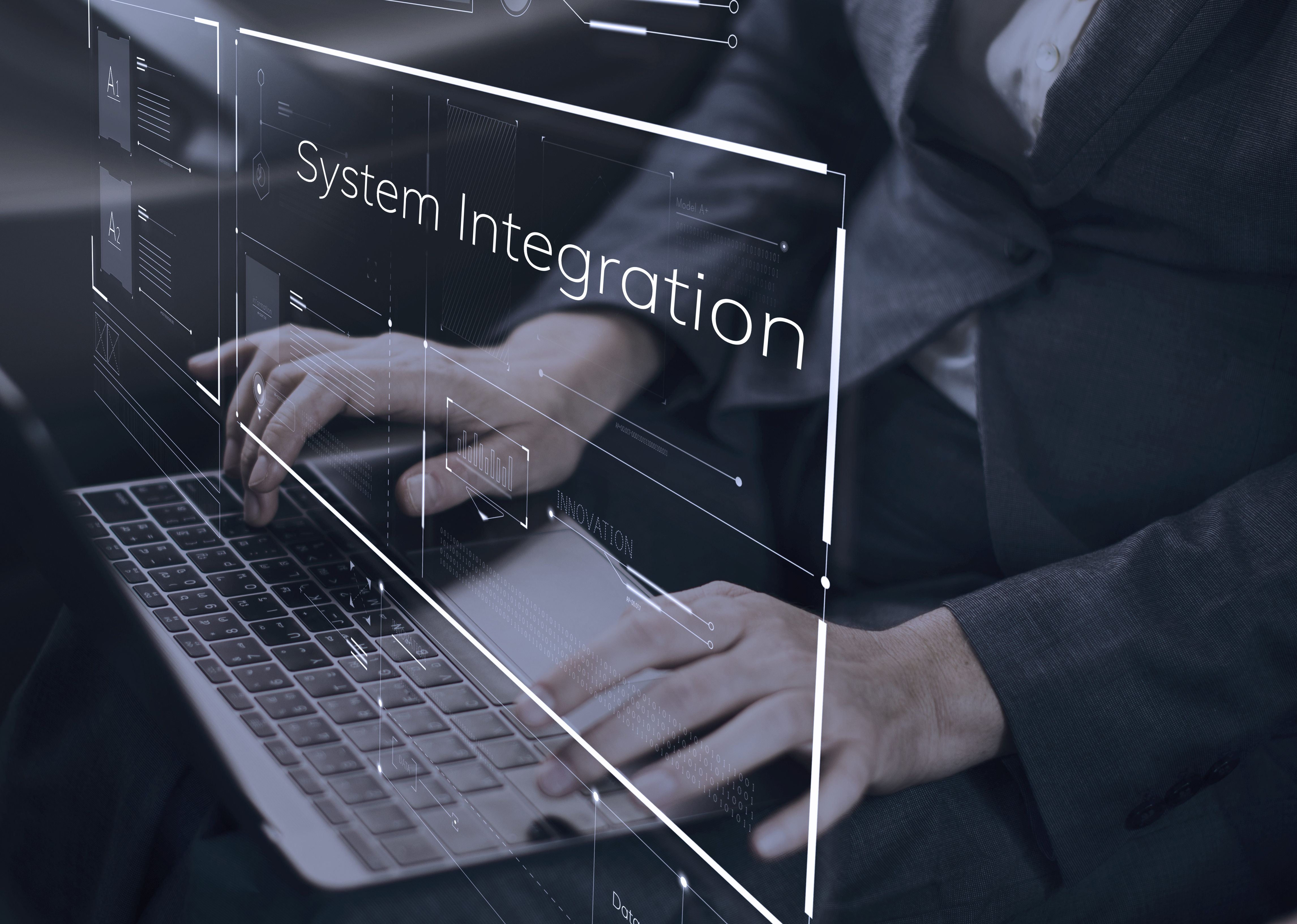Acumatica CRM Integration with VOIP - Respond Faster
Automate sales with a fully integrated Acumatica CRM phone system The faster your company moves for your sales team, the better they will be at...
4 min read
Brian Fletcher 12:01 PM on August 20, 2021

A steady stream of government contracts is a windfall to be sure. You may face additional accounting overhead to become and remain in Defense Contract Audit Agency (DCAA) compliance. Your shortest path to achieving this is to rely on software that's built to be DCAA compliant. Find out how a company with government contracts implemented Acumatica with EIS Consulting's integrations to do the heavy lifting.
More than 50 years ago, the DCAA was formed and empowered by the U.S. Department of Defense (DoD) to "conduct contract audits and related financial advisory services. Contract audits are independent, professional reviews of financial representations made by defense contractors, and DCAA helps determine whether contract costs are allowable, allocable, and reasonable" to ensure DoD gets the most value for every dollar spent on defense contracts.
The DCAA provides checklists on how to prepare for their specialized audits. As you might expect with compliance regulations, the requirements are complex. The road to achieving compliance should start with the way you conduct your accounting. By shoring up and aligning your accounting processes and outputs with DCAA compliance regulations, the easier your audit should be.
TRI Austin in Austin, TX was founded to support the reliability and materials needs of the U.S. Navy, and advanced materials and technologies for the DoD, NASA, and other Government and Commercial clients. TRI Austin has evolved into an organization that provides engineering services and advanced material development as well.
TRI Austin sought the help of EIS Consulting to implement Acumatica project accounting to achieve DCAA compliance. EIS set up their Acumatica so that their government contracts are coded as projects, which are typically fixed-price or cost-plus projects. Utilizing a combination of native features, and a series of custom reports and customizations, TRI Austin is now benefitting from a number of new capabilities to fulfill its compliance requirements, including:
Rate Tables are used for tracking provisional rates for things such as fringe, overhead, G&A, subcontractor fees, and material costs. Different rate tables are used for different projects depending upon their agreements per each government contract. At TRI, a provisional rate is used for most of the year, and then once actual rates are calculated, a true-up occurs to calculate the difference and allocate it to the projects. Each rate has a start and end date and is easily updated when new rates are released. Different rates can be easily assigned for different purposes to ensure accurate tracking of costs and invoicing because Acumatica allows rate tables to be assigned both at the project and task level.
Allocation Rules are used to apply rates to labor and materials booked against a project/contract. Acumatica has step-by-step allocation rules to walk TRI's team through the process to apply fringe, overhead, and G&A rates to both labor and materials, as well as other fees in an automatic, consistent, and reliable manner. These calculations are complex as they stack on top of one another. In some instances, certain government projects have "Not To Exceed" (NTE) rates that must be observed and TRI's allocation rules are set up to do that. TRI runs their allocations twice a month after every payroll (which is bi-monthly) and just before billing to achieve visibility it needs to see fully burdened costs and track project costs against approved budgets.
Billing Rules complement allocation rules for TRI and take the billings calculated by the allocation rules and invoice them accordingly. For cost-plus projects, the labor, overhead, G&A, and other fees are itemized on the customer's invoice, and then along with other supporting documentation (i.e. reports from Acumatica) are entered into Wide-Area Work Flow (WAWF) to invoice the government. For firm-fixed price projects, billings are based upon milestone completions and/or agreed upon payment schedules for contracted work which are independent of the cost calculations.
Custom Reports were created to support TRI's operations, including reports that calculate provisional vs. actual rates and direct cost reports. In addition, TRI assigns each project a subaccount code that allows any financial report in the system including Profit & Loss, Balance Sheet, etc., to be run for an individual project.
Custom Dashboards for TRI include two, main dashboards in Acumatica. One is focused on labor utilization and gives an overview of the entire company as it relates to direct and indirect costs, as well as inter-company, bids and proposals, and independent research and development costs. TRI uses this dashboard to keep a close eye on these different types of costs with the intent of maximizing direct costs against projects since that keeps their overhead rates down and helps them stay competitive. TRI also has a dashboard for each project, which has been customized to show real-time data, including projections on fringe, overhead, G&A rates, and other fees for pending transactions (e.g. time card activity that has been entered, but has not yet been approved and posted to the ledger). This provides real-time visibility into projects and allows project managers to make data-driven decisions about project budgets.
Time Card Restrictions prevent employees from logging future time against a government project, which is a DCAA compliance requirement. Acumatica provides the internal controls necessary to enforce this with custom business rules that prevent employees from logging time in the future. Employees are still permitted to log future time for non-project work such as paid time off or sick leave, but direct costs posted to a government project are restricted to on or before the current date only.
Managing Overtime is automated for when employees work more than 40 hours and hourly rates have to be adjusted to an effective rate, which can change from one payroll cycle to another especially with bi-monthly payroll because the number of days within each payroll cycle changes from month to month. In addition, even though TRI pays overtime for non-exempt employees, government contracts do not permit billing overtime. To handle these situations, employees enter their time and TRI's payroll system automatically calculates the effective rate for each employee. Then, when the payroll journal is recorded in the system after payroll is run, the correct effective rate is calculated and posted to the project, and overtime is separated for government projects so it can be tracked, but it is not billed.
As you can see, TRI relies on Acumatica's project accounting module extensively to create a DCAA-complaint system that can stand on its own in the event of any surprise DCAA audit. Read the full success story.
At Eclectic Innovative Solutions (EIS), our subscription-based services model helps reduce your upfront costs, gives you a faster ROI (return on your investment in ERP), and is designed to help your system continually evolve with you as your business evolves, grows, and changes over time.
Contact the EIS Acumatica consulting team today! Visit our EIS website, call 833-347-5190 or email us.

Automate sales with a fully integrated Acumatica CRM phone system The faster your company moves for your sales team, the better they will be at...

Choose the Right Approach for Acumatica Integration The digital economy and customers’ expectations are changing at an accelerated rate, leaving your...

Teams that require online, secure access look for a better solution and find it with Acumatica Project Accounting As you've no doubt heard by now,...